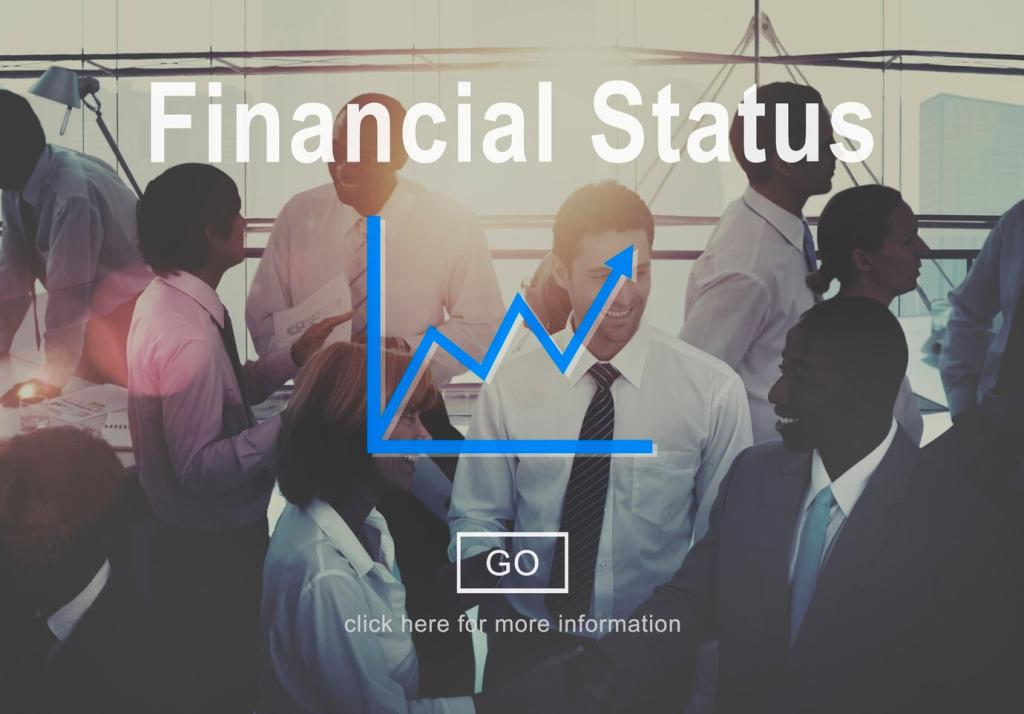Under the Hood: How the Technology Works
A blockchain is like a shared spreadsheet that everyone can verify and no one can secretly rewrite. Transactions are grouped into blocks, linked together cryptographically, and distributed across many computers. This design makes tampering extremely difficult and transparency easier.
Under the Hood: How the Technology Works
Networks agree on the ledger’s state through consensus. Proof of Work uses energy and computation to secure blocks, while Proof of Stake relies on validators who lock up coins. Both aim to resist fraud, but differ in energy use, incentives, and security trade-offs.
Under the Hood: How the Technology Works
In 2010, a programmer famously paid 10,000 BTC for two pizzas, showing how early digital currencies were experimental. That story reminds us: technology evolves, value perceptions shift, and patience—and skepticism—are both essential for understanding digital currencies over time.







